important places in kolkata
Victoria Memorial
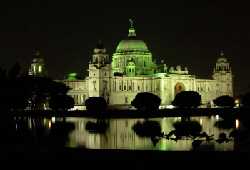

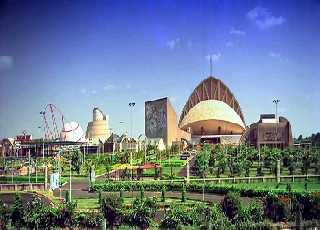
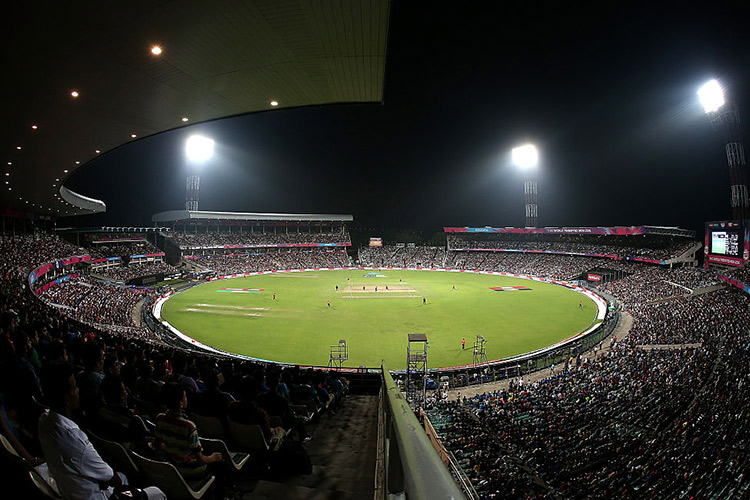
Eden Gardens is a cricket ground in Kolkata, India established in 1864. It is the home venue of the Bengal cricket team and the IPL franchise cricket team Kolkata Knight Riders, and is also a venue for Test, ODI and T20I matches of the India national cricket team.Between 1987 and 2011, Eden Gardens had a seating capacity of 94,000. The stadium currently has a capacity of 68,000 and is the largest cricket stadium in India and the second-largest cricket stadium in the world.
Eden Gardens is often regarded informally as India's home of cricket. The ground has been referred to as "cricket's answer to the Colosseum," and is widely acknowledged to be one of the most iconic cricket stadiums in the world.[4] Eden Gardens has hosted matches in major international competitions including the World Cup, World Twenty20 and Asia Cup. In 1987, Eden Gardens became the second stadium to host a World Cup final. The 2016 ICC World Twenty20 final was held at the Eden Gardens where the West Indies beat England in closely fought encounter.
St. Paul's Cathedral is an CNI, Church of North India Cathedral of Anglican background in Kolkata, West Bengal, India, noted for its Gothic architecture. It is the seat of the Diocese of Calcutta. The cornerstone was laid in 1839; the building was completed in 1847.[1] It is said to be the largest cathedral in Kolkata and the first Episcopal Church in Asia. It was also the first cathedral built in the overseas territory of the British Empire. The edifice stands on Cathedral Road on the "island of attractions" to provide for more space for the growing population of the European community in Calcutta in the 1800s.
Following the 1897 earthquake and the subsequent massive earthquake of 1934, when Calcutta suffered substantial damage, the cathedral was reconstructed to a revised design. The architectural design of the cathedral is "Indo-Gothic", a Gothic architectural style designed to meet the climatic conditions of India. The cathedral complex has a library, situated over the western porch, and a display of Plastic art forms and memorabilia.
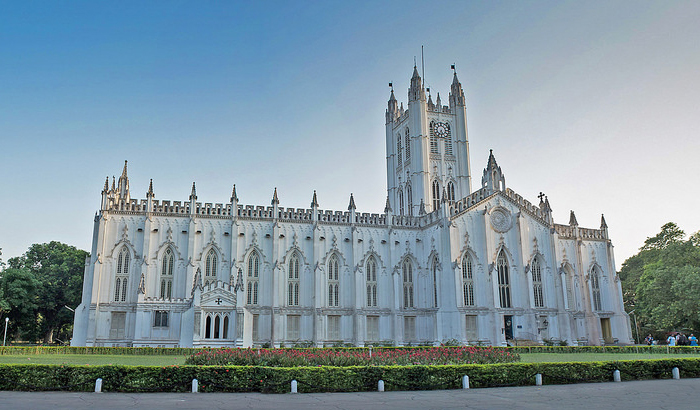
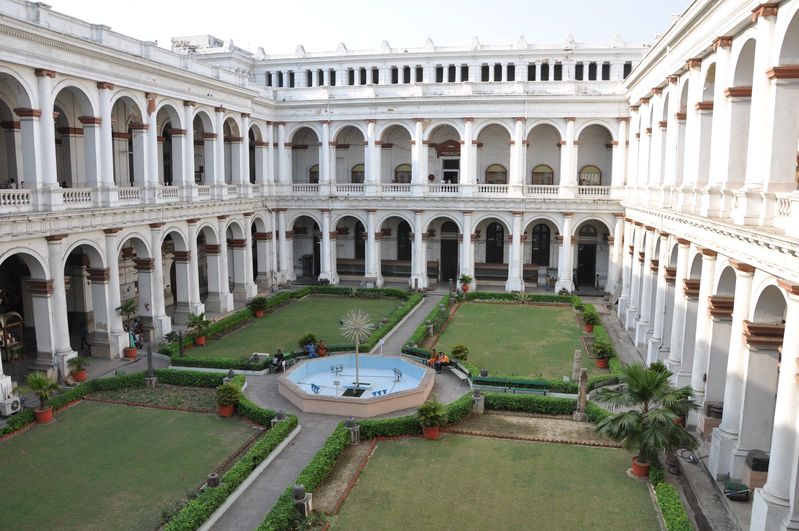
The history of the origin and the growth of the Indian Museum is one of the remarkable events towards the development of heritage and culture of India.
Founded in 1814 at the cradle of the Asiatic Society of Bengal (at the present building of the Asiatic Society, 1 Park Street, Kolkata), Indian Museum is the earliest and the largest multipurpose Museum not only in the Indian subcontinent but also in the Asia-Pacific region of the world.
With the foundation of Indian Museum in 1814, the Museum movement started rolling in India and through the years from then, got a new fillip and great momentum. Since then, it has so magnificently developed and culminated into the fruitful existence of more than 400 museums in the country.
Dakshineswar Kali Temple is a Hindu temple located in Dakshineswar near Kolkata. Situated on the eastern bank of the Hooghly River, the presiding deity of the temple is Bhavatarini, an aspect of Kali, meaning, 'She who liberates Her devotees from the ocean of existence i.e. Saṃsāra'. The temple was built in 1855 by Rani Rashmoni, a philanthropist and a devotee of Kali. The temple is famous for its association with Ramakrishna, a mystic of 19th Century Bengal.
The temple compound, apart from the nine-spired main temple, contains a large courtyard surrounding the temple, with rooms along the boundary walls. There are twelve shrines dedicated to Shiva—Kali's companion—along the riverfront, a temple to Radha-Krishna, a bathing ghat on the river, a shrine dedicated to Rani Rashmoni. 'Nahavat-Khana', the chamber in the northwestern corner just beyond the last of the Shiva temples, is where Ramakrishna spent a considerable part of his life.
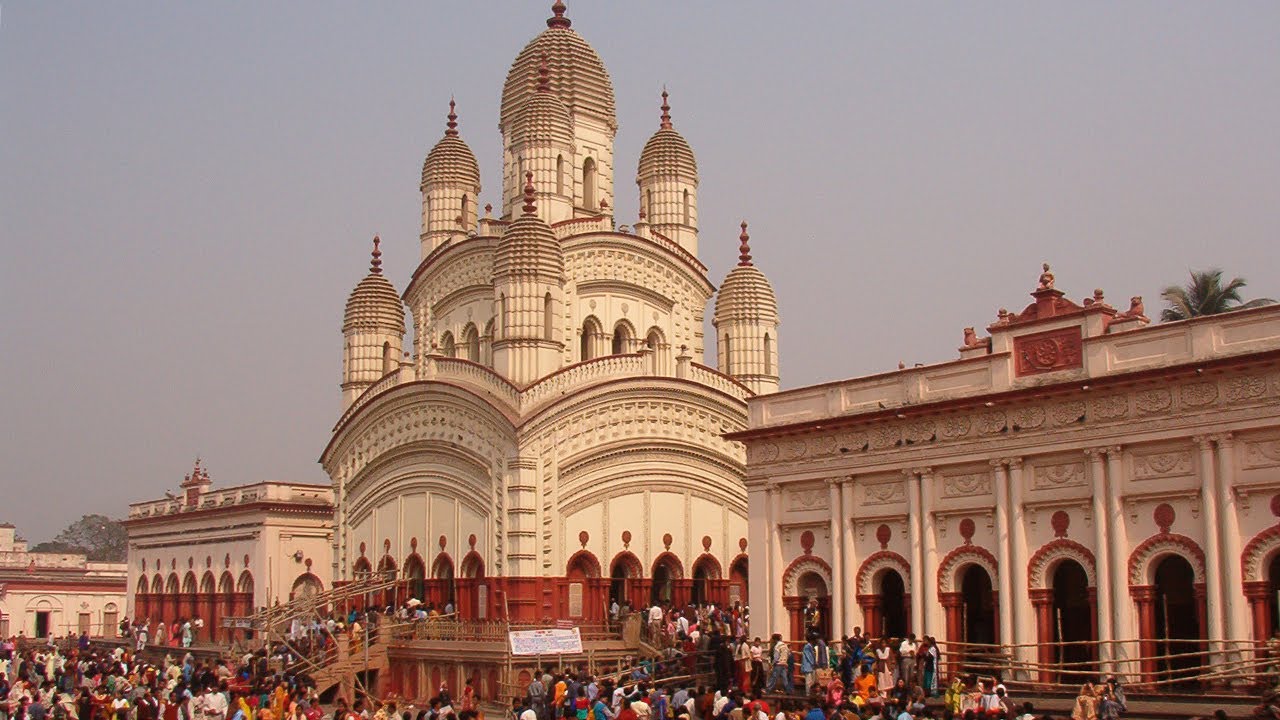
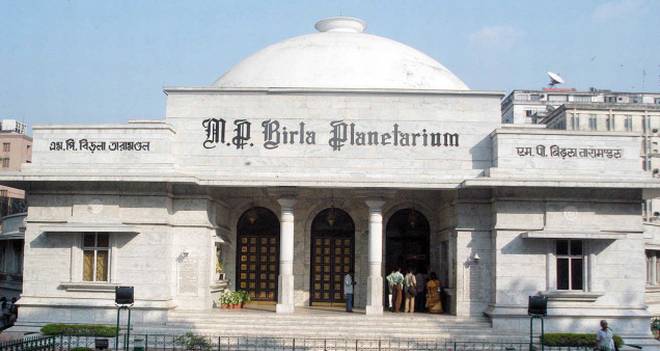
The Birla Planetarium in Kolkata, West Bengal, India, is a single-storeyed circular structure designed in the typical Indian style, whose architecture is loosely styled on the Buddhist Stupa at Sanchi.Situated at Chowringhee Road adjacent to the Victoria Memorial, St. Paul's Cathedral, and the Maidan in South Kolkata, it is the largest planetarium in Asia and the second largest planetarium in the world. There are two other Birla Planetariums in India: B.M. Birla Planetarium in Chennai and the Birla Planetarium in Hyderabad.
Popularly known as taramandal, the planetarium was inaugurated on 2 July 1963[4] by the then Prime Minister of India, Jawaharlal Nehru. It has an electronics laboratory for design and fabrication of science equipment. It has an astronomy gallery that maintains a huge collection of fine paintings and celestial models of renowned astronomers. The Planetarium also has an astronomical observatory equipped with a Celestron C-14 Telescope with accessories such as ST6 CCD camera and solar filter. It offers to the public and students more than 100 astronomical projects dealing with various facts of astronomy, astro-physics, Space Science as well as myths concerning stars and planets. It has a capacity of 6800.